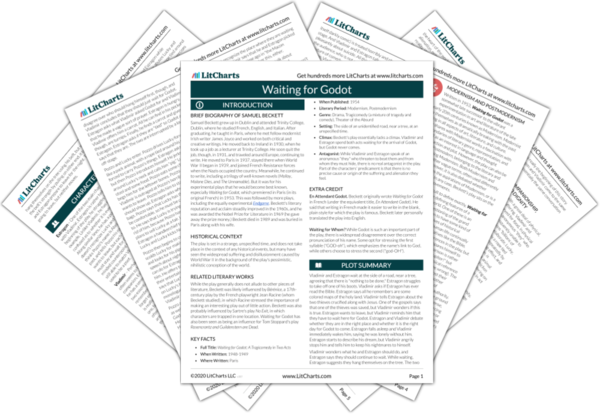
Welcome to the LitCharts study guide on Samuel Beckett's Waiting for Godot. Created by the original team behind SparkNotes, LitCharts are the world's best literature guides.
Samuel Beckett grew up in Dublin and attended Trinity College, Dublin, where he studied French, English, and Italian. After graduating, he taught in Paris, where he met fellow modernist Irish writer James Joyce and worked on both critical and creative writings. He moved back to Ireland in 1930, when he took up a job as a lecturer at Trinity College. He soon quit the job, though, in 1931, and traveled around Europe, continuing to write. He moved to Paris in 1937, stayed there when World War II began in 1939, and joined French Resistance forces when the Nazis occupied the country. Meanwhile, he continued to write, including a trilogy of well-known novels ( Molloy , Malone Dies , and The Unnamable ). But it was for his experimental plays that he would become best known, especially Waiting for Godot, which premiered in Paris (in its original French) in 1953. This was followed by more plays, including the equally experimental Endgame . Beckett's literary reputation and acclaim steadily improved in the 1960s, and he was awarded the Nobel Prize for Literature in 1969 (he gave away the prize money.) Beckett died in 1989 and was buried in Paris along with his wife.
Get the entire Waiting for Godot LitChart as a printable PDF."My students can't get enough of your charts and their results have gone through the roof." -Graham S.

The play is set in a strange, unspecified time, and does not take place in the context of any historical events, but many have seen the widespread suffering and disillusionment caused by World War II in the background of the play's pessimistic, nihilistic conception of the world.
While the play generally does not allude to other pieces of literature, Beckett was likely influenced by Bérénice , a 17th-century play by the French playwright Jean Racine (whom Beckett studied), in which Racine stressed the importance of making an interesting play out of little action. Beckett was also probably influenced by Sartre's play No Exit, in which characters are trapped in one location. Waiting for Godot has also been seen as being an influence for Tom Stoppard's play Rosencrantz and Guildenstern are Dead .
Key Facts about Waiting for GodotEn Attendant Godot. Beckett originally wrote Waiting for Godot in French (under the equivalent title, En Attendant Godot ). He said that writing in French made it easier to write in the blank, plain style for which the play is famous. Beckett later personally translated the play into English.
Waiting for Whom? While Godot is such an important part of the play, there is widespread disagreement over the correct pronunciation of his name. Some opt for stressing the first syllable ("GOD-oh"), which emphasizes the name's link to God, while others choose to stress the second ("god-OH").
Cite This Page Download this Chart (PDF)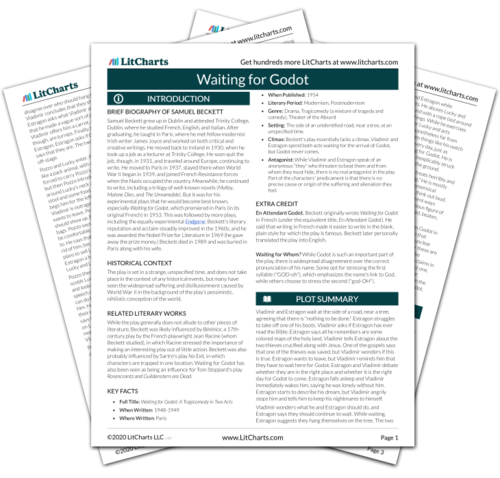
“Would not have made it through AP Literature without the printable PDFs. They're like having in-class notes for every discussion!”
Get the Teacher Edition
“This is absolutely THE best teacher resource I have ever purchased. My students love how organized the handouts are and enjoy tracking the themes as a class.”
Copyright © 2024 All Rights Reserved Save time. Stress less.AI Tools for on-demand study help and teaching prep.
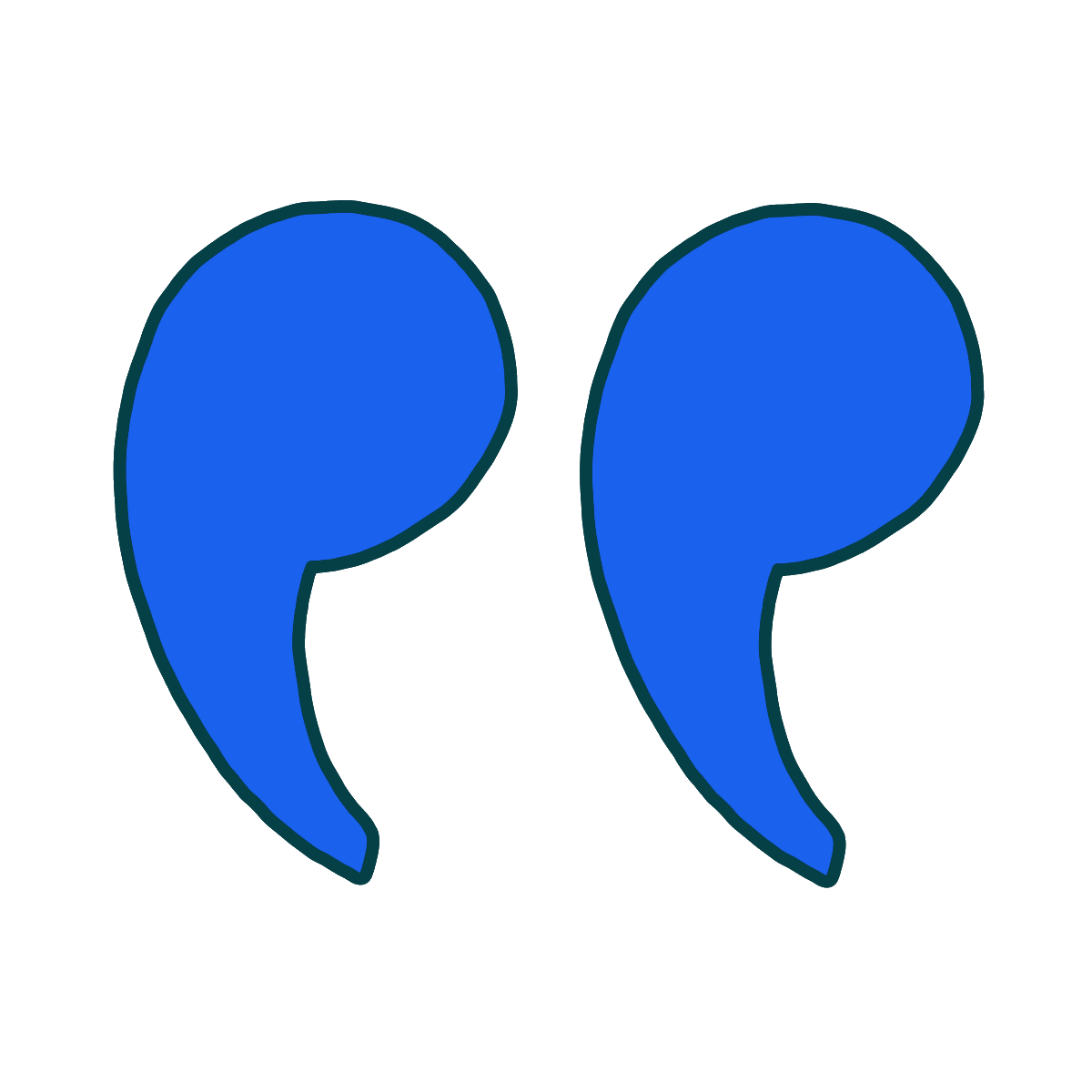 Quote explanations, with page numbers, for over 44,324 quotes.
Quote explanations, with page numbers, for over 44,324 quotes. PDF downloads of all 2,003 LitCharts guides.
PDF downloads of all 2,003 LitCharts guides.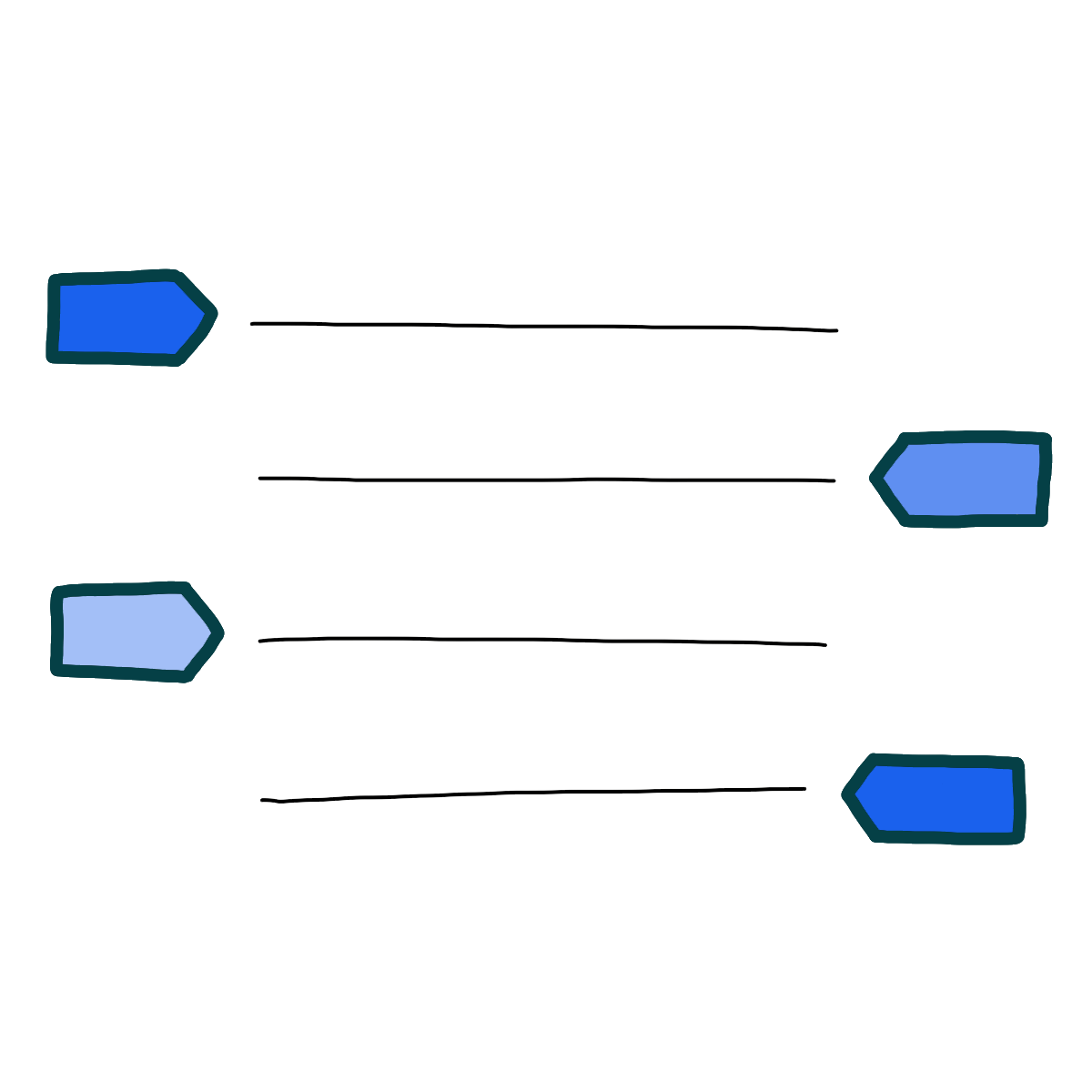 Expert analysis to take your reading to the next level.
Expert analysis to take your reading to the next level.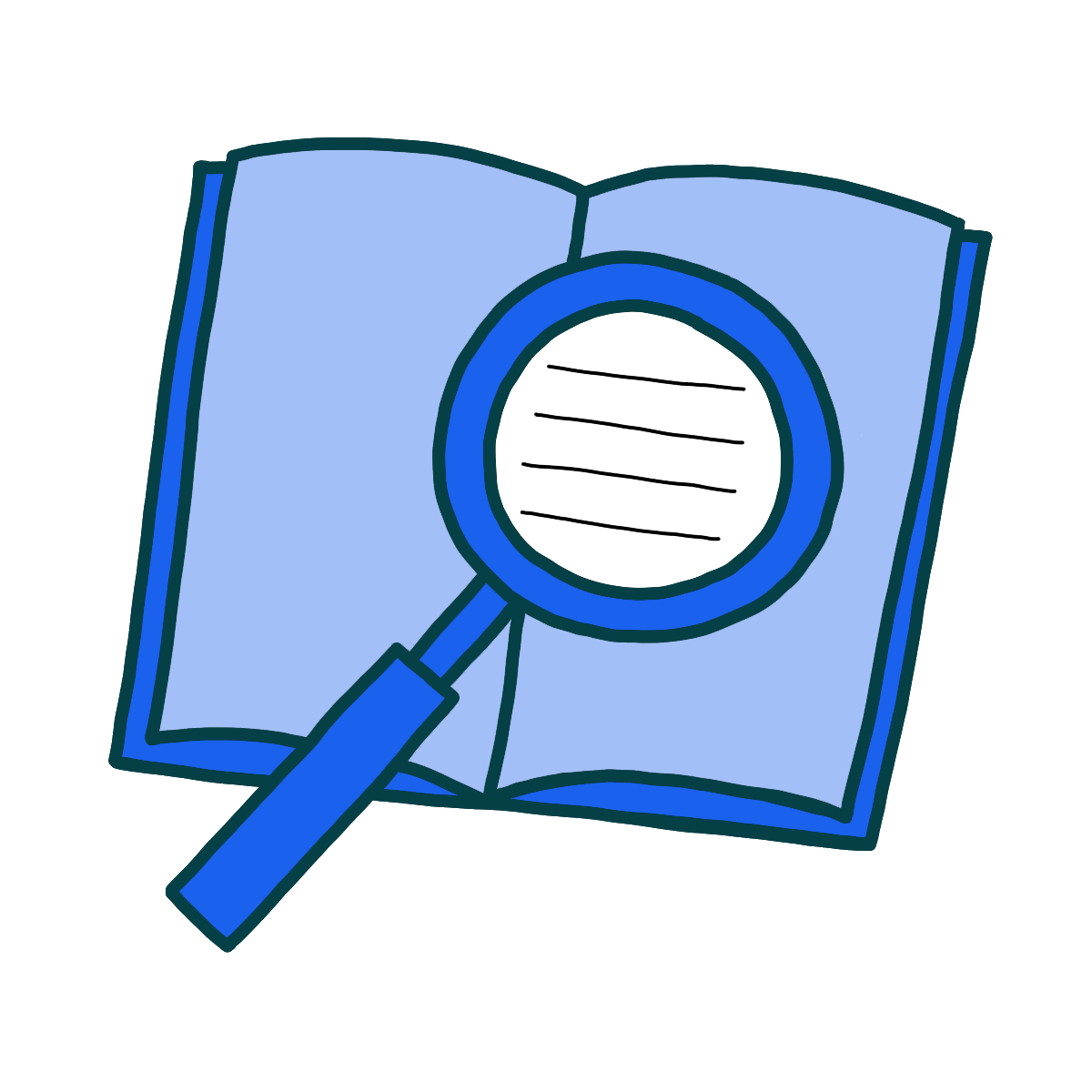 Advanced search to help you find exactly what you're looking for.
Advanced search to help you find exactly what you're looking for.
 Expert analysis to take your reading to the next level.
Expert analysis to take your reading to the next level. Advanced search to help you find exactly what you're looking for.
Advanced search to help you find exactly what you're looking for.